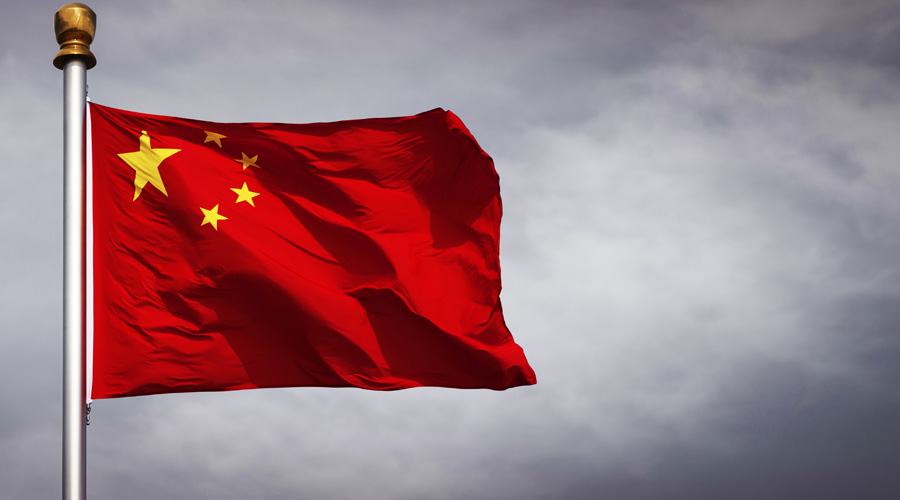The enormous hype that China had whipped up with its ambitious Belt and Road Initiative has started to fizzle out. China’s political leadership is bracing to deal with a backlash from several countries in Africa, Asia, central and eastern Europe, and Latin America over stalled projects, a colossal debt burden, corruption scandals, environmental disasters and an outpouring of public anger. A recent report published by AidData, an international development research laboratory based in Virginia, has caused disquiet with its revelation that China’s BRI has left scores of lower and middle income countries with “hidden debts” totalling $385 billion. The study is based on a close examination of a granular dataset covering 13,427 projects worth $843 billion across 165 countries.
The BRI project was launched in 2013. Over 140 nations had enthusiastically welcomed the gush of cash from China in the hope that it would jump-start their economies. In the early phase between 2013 and 2017, China outspent the United States of America in terms of development finance commitments by two to one. China spent $85.4 billion against the relatively small US funding of $37 billion a year. Beijing funnelled money into large vanity projects — those financed with loans worth $500 million or more. The small and medium countries lapped up these big-ticket infrastructure projects. The biggest beneficiary of BRI funds was Pakistan with $27 billion, followed by Indonesia ($20 billion), Kazakhstan ($12 billion), Malaysia ($8 billion) and Cambodia ($7 billion).
Unlike the West, China was offering these loans at a relatively high interest of almost 6 per cent. Concessional loans were actually a misnomer: the average interest on a loan from a State institution in China was priced at 4.2 per cent with a maturity period of 9.4 years and an average grace period of 1.8 years, says the study. Contrastingly, the soft loans from members of the Organisation for Economic Co-operation and Development were priced at 1.1 per cent and had an average maturity length of 28 years. In the resource-rich nations, the Chinese project loans were collateralized against future commodity export receipts. Over time, more than 35 per cent of the BRI projects were mired in trouble because of public outrage over corruption and environmental issues which wrecked implementation schedules. Debt repayment problems surfaced and many borrowers started to default. The AidData study claims that at least 42 of the low and middle-income countries today have a debt exposure to China that amounts to over 10 per cent of their GDP. The problems are compounded by the fact that China has now started to tighten the screws on overseas projects as it battles an economic slowdown. The debt diplomacy strategy that the BRI held out is clearly in tatters as Beijing struggles to put its own house in order.










